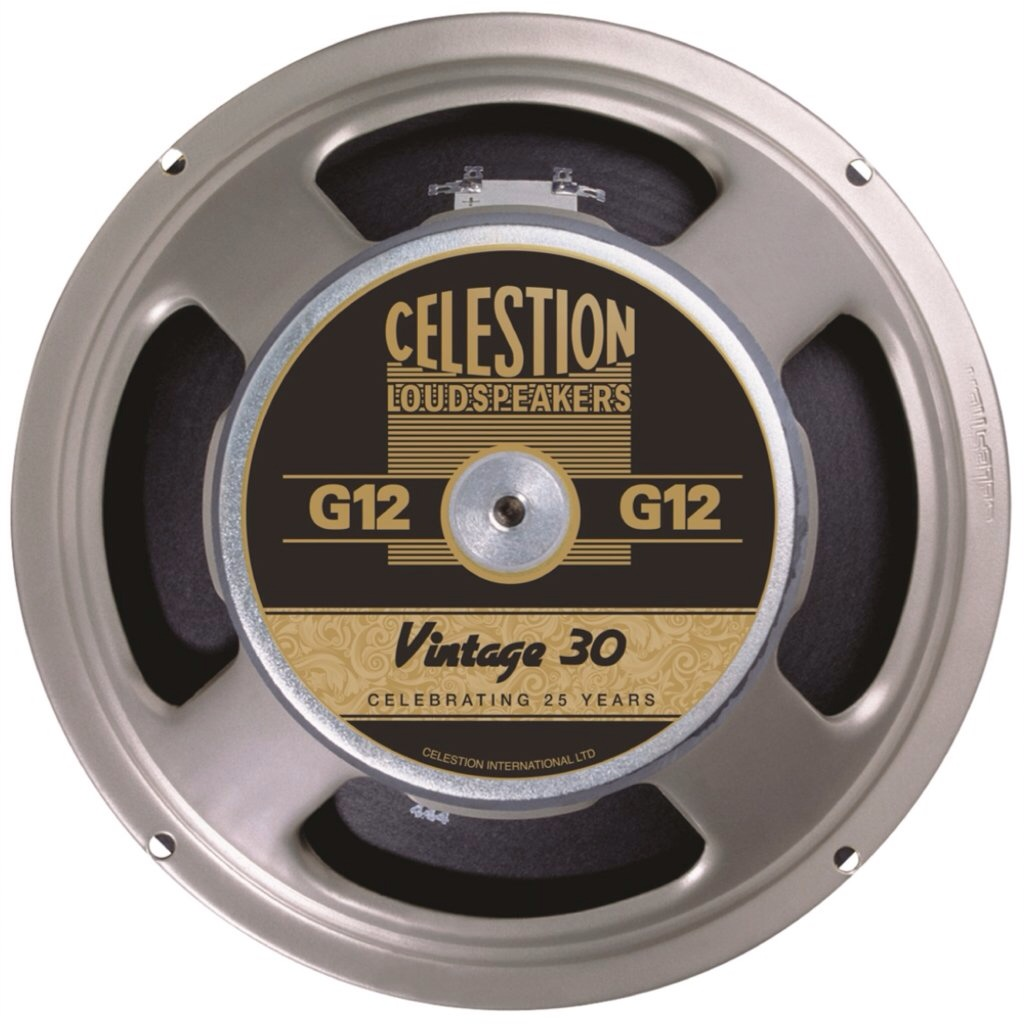I was recently listening to music while in a conference call with my headphones, and I noticed that they changed to a “hands-free mode” and the music that I was listening to degraded to something that sounded like elevator music. Is there a way to apply this to any song that I have a file for?
You filter out the high and the low frequencies, leaving only the mid-band frequencies that intercom and telephone systems can carry.
A band-pass filter.
With control over separation.
Tl;Dr: slap a bandpass filter on it, consider some distortion before the filter. Footnotes are just technical details.
Without going into too much technical detail, a bandpass filter only lets a narrow band of frequencies pass. Practically, a bandpass filter can be realized as a low pass “+” a high pass [1]. So just use your generic EQ plugin and set a really high-frequency high pass and low-frequency low-pass [2,3]. If I had to guess, I’d set them for a passband (what frequencies are allowed) from 700Hz-6kHz, possibly with a wide peak around 3kHz, but set them to taste. This should get you like 90% of the way there.
Based on my experience [5], chances are that in a real elevator, the speakers aren’t perfectly linear (they “suck”). Frankly, the whole speaker system is probably an afterthought, i.e. designed quick-and-dirty. What this means is that you probably want some light distortion from your favorite guitar distortion plugin, preferably something kinda “boring”, before the filter [4]. I would also investigate using a bit-reduction plugin (there are a couple free ones floating around; the average bitcrusher usually can also do bit reduction) and setting the bit-depth to 8, or 4 if you really want to wreck it. For similar reasons, and because data compression is done well before it is piped out to the speakers or even the rest of the analog output, you want this before the filter. This would simulate an elevator where the track is stored as a heavily compressed audio file. Lowering the sample rate setting in your bitcrusher would simulate a shitty DAC (digital to analog converter) that doesn’t interpolate quickly enough, which I would also expect to find in an elevator circuit.
If you have any questions about what I just wrote, or just any burning questions about audio or electrical engineering,
this is what I live to doplease ask.[1] Mathematically, by “+” I really mean “in cascade”, i.e. one after the other (order doesn’t matter if you’re using a transparent EQ).
[2] Your EQ plugin cascades all the individual equalizer bands under the hood, so you just need one multiband EQ.
[3] In audio, we typically use the term “low cut” to refer to a “high pass” filter from electrical engineering, and similarly for high cuts. However, “low cut” really refers to any filter that dramatically cuts the low end. In an actual circuit, you would probably have a genuine high-pass, i.e. that the frequency response (the graph if you use a parametric EQ) goes to zero (-infinity dB, bottom of the graph in a parametric EQ). There’s also a “low shelf” that cuts (or boosts) the low end stuff, but it doesn’t drop to zero. Because the “elevator effect” isn’t intentional, and based on my electrical engineering experience and prior reading into loudspeaker design, I would not expect to find that someone intentionally or accidentally designed a low-cut circuit, whereas it is pretty easy to accidentally get high or low-pass responses while trying to satisfy other design criteria.
[4] Here, the order wildly matters, because distortion is nonlinear. Having it the other way around would defeat some of the frequency attenuation.
[5] Graduated w/ associates degree in music technology, produced an assload of music for Redditors and for a few other clients, then went back to school and graduated w/ bachelors degree in electrical engineering. Starting my masters next semester.
impulse response?





